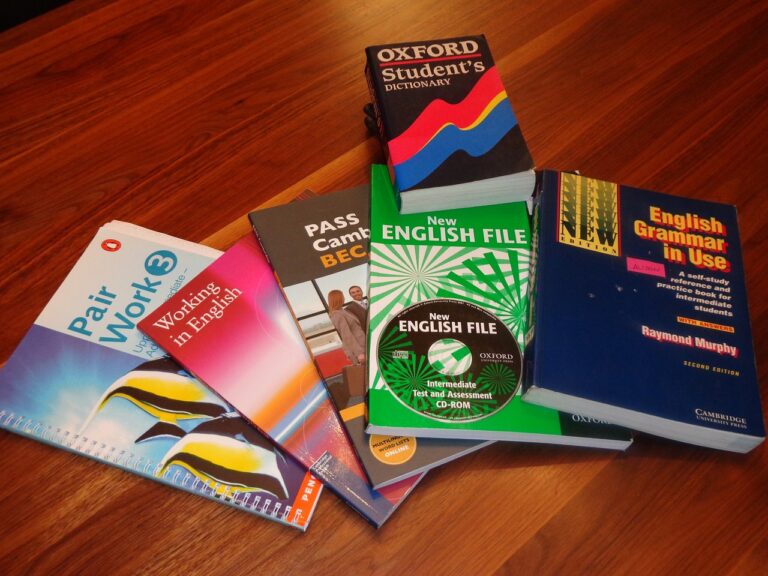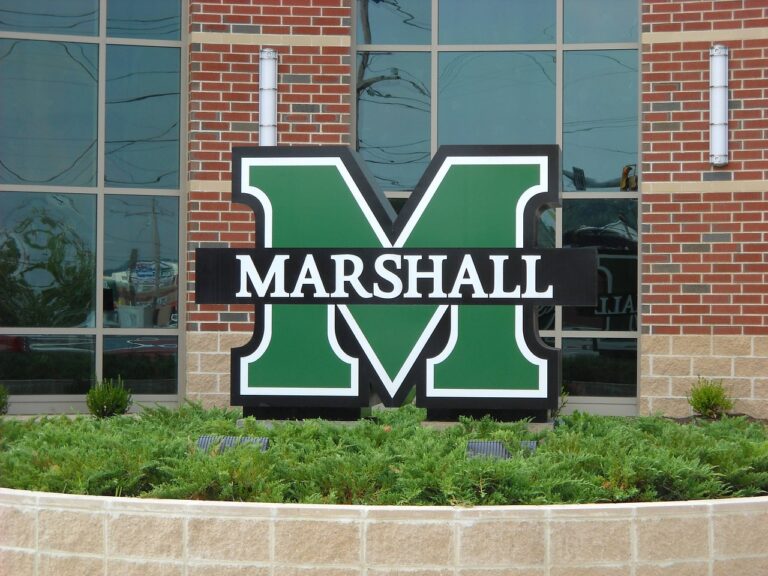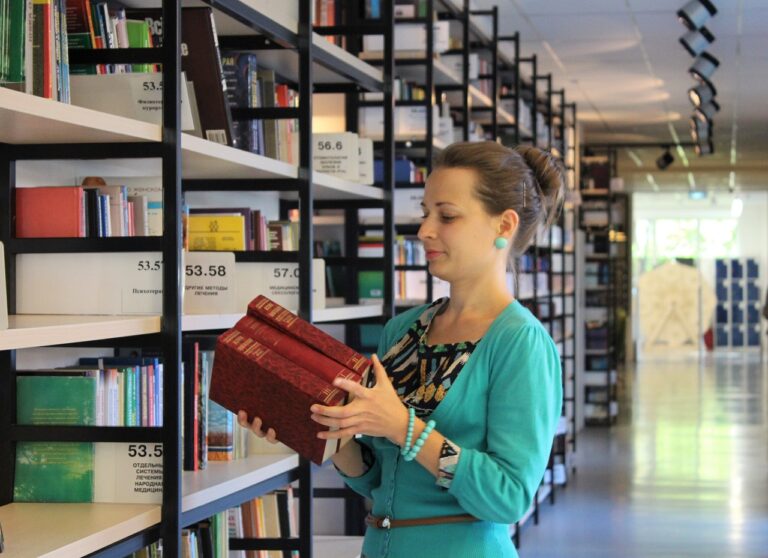EdTech’s Role in Combating Education Inequality
Access to technology in education is no longer a luxury but a necessity in today’s rapidly evolving digital world. As technology continues to shape every aspect of our daily lives, integrating it into educational settings becomes crucial to prepare students for the future. From online research to interactive learning tools, technology provides endless opportunities for students to engage with materials in innovative and meaningful ways.
Furthermore, access to technology in education promotes equity by breaking down barriers to learning. With the internet as a vast source of information and communication, students from all backgrounds can access resources and opportunities that were once limited to those with privilege. By providing equal access to technology in schools, educators can empower every student to reach their full potential and thrive in an increasingly digital society.
Harnessing Technology to Bridge the Education Gap
Technology has become a powerful tool in bridging the education gap that exists in society today. With the increasing prevalence of digital devices and online resources, there is a greater opportunity to provide equal access to education for all students. By harnessing technology effectively, educators can create more inclusive and engaging learning environments that cater to individual needs and learning styles.
One way technology can bridge the education gap is through personalized learning programs. These programs use algorithms to analyze student data and customize learning materials based on each student’s strengths, weaknesses, and pace of learning. This tailored approach helps students stay engaged and motivated, leading to higher levels of achievement and academic success.
Why is access to technology important in education?
Access to technology is important in education because it allows students to access a wealth of information, resources, and tools that can enhance their learning experience.
How can technology help bridge the education gap?
Technology can help bridge the education gap by providing equal access to educational resources for all students, regardless of their location or socioeconomic status.
What are some examples of how technology is being harnessed to improve education?
Some examples of how technology is being harnessed to improve education include online learning platforms, interactive educational tools, and virtual classrooms.
How can schools ensure all students have access to technology?
Schools can ensure all students have access to technology by providing devices such as laptops or tablets, offering internet access, and training teachers to effectively integrate technology into their teaching methods.
What are some challenges associated with using technology in education?
Some challenges associated with using technology in education include digital divide, lack of teacher training, and concerns about screen time and its impact on student well-being.





